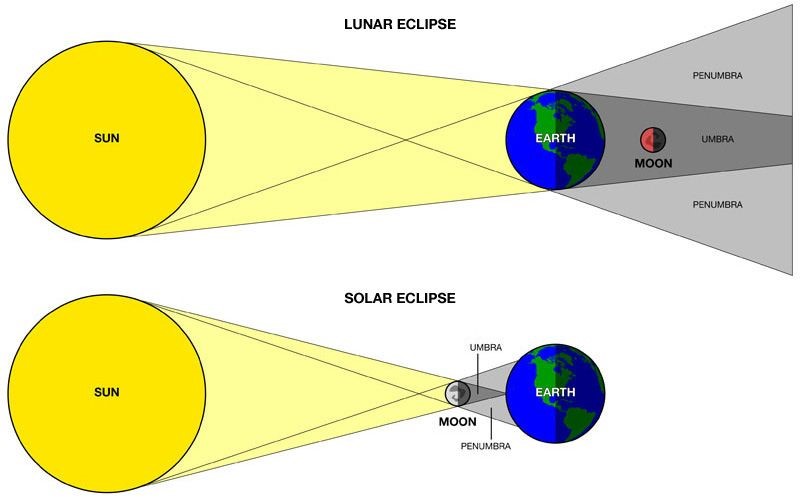7667766266
enquiry@shankarias.in
Magnetosphere
Regions of the Earth’s Magnetosphere

Formation of Earth’s Magnetosphere
Van Allen Radiation belt
Simulation Code for Magnetosphere
Indian Institute of Geomagnetism
Minor Forest Produce (MFP)
Van Dhan Vikas Kendra
Year of Awareness on Science & Health (YASH)
Hypoxia
Pulse Oximeter
Covid-19 Pneumonia
UV Blaster

Source: Indian Express, PIB, News on Air